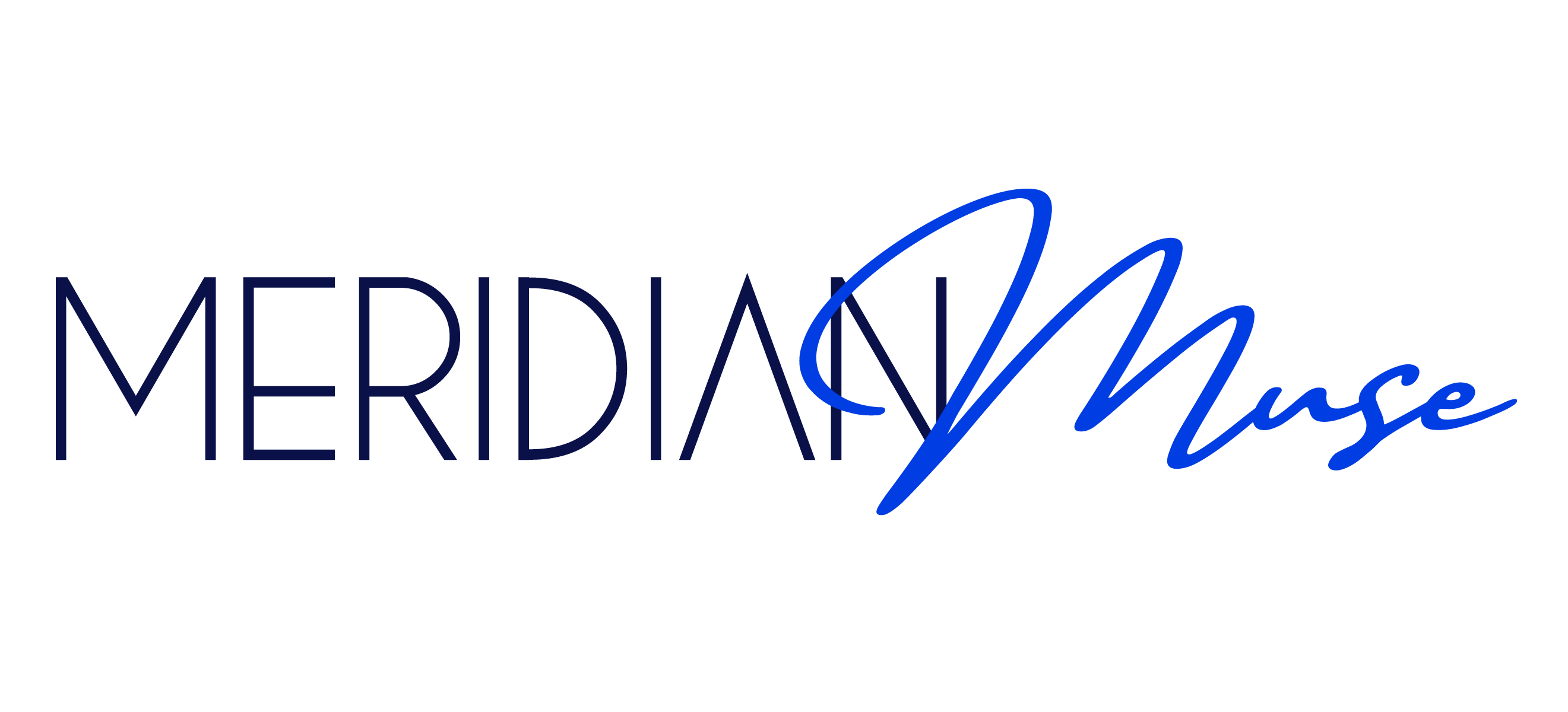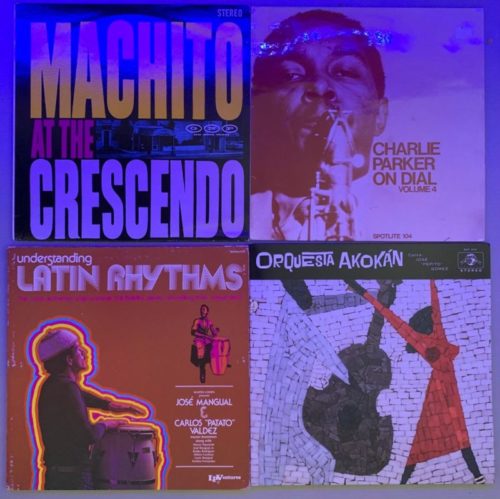The Origins of Latin Jazz – Episode 2/3
The Kings of Mambo
CHOLO GROOVE is a collaboration between
Javier Badillo & Salomé Salazar
Playlist
1. Mambo típico. Tito puente and his orchestra. The mambo kings play songs of love. 1999
2. Mambo la libertad. Tito Rodriguez & his orchestra. The mambo kings pla songs of love. 1999
3. Mambo #5. Pérez Prado. Latin Dance Party Vol. 4 . 1958
Transcript
This is the continuation of episode one on the origins of Latin Jazz. I don’t know many things in life, so, but I’m curious about exploring, exploring the origins of things or why things happen to be the way they are. Like, why is New York such a Mecca of, or such a melting pot of different cultures?
We could mention an [00:01:00] important immigration wave of musicians, mainly from Cuba and Puerto Rico. For example, Mario Bauza, Francisco Gutierrez Rio, also known as Machito or Chano Pozo, Mongo Santa Maria, for example, and also there’s this first generation of musicians with Latino roots, like Tito Puente, Perez Prado, Willie Bobo.
So what happened? How did they arrive in New York? What, what happened in history that made that possible? And it seems like there is a long history of immigration from Cuba, from Puerto Rico. Cuba was one of the main arriving points from slaves, from Africa. So as with everything, it all goes back to Africa because slaves with their [00:02:00] amazing music with their drums and the power of their music, they brought that richness that culture into Cuba. I think I mentioned that in the previous episode about Polibio Mayorga that Cumbia side, where slaves would dance Cumbia as a celebration of life. But shackled because they were still slaves, they weren’t allowed to move, but still they could, they could do it.
Yes. They could manifest their culture even in their slave conditions. Well, thank you for this great explanation. Now I would like to continue with something that I have here that is Understanding Latin rythms, it is a record recorded in 1974 by LP Ventures and these presented by Jose Mangual and Carlos [00:03:00] Patato Valdez. Jose Mnagual a bongo percussionist from Puerto Rico who migrated to New York and Carlos Patato is a conga player who was born iin Cuba and later migrated to New York. What is very interesting of this record either is that it presents a selection of some latin rhytms like mambo, chacha, son montuno, masacote, bolero, merengue, bomba and guaguanco.
It also show us the instrumentation for each of these rhythms, I will likely start with mambo as probably we’re going to continue discussing with Tito Puente and Perez [00:04:00] Prado, one of the Kings of Mambo from the Afro-cuban rythms and the ones who were playing and combining with American jazz, with Charlie Parker, Dizzy Gillespie, so let’s listen to Mambo, which instrumentation is Bass Conga, bongo, timbal and clave and that’s it. Yep. So let’s listen to [00:05:00] it.
Well now after we listen this the mambo, just the sound of mambo, we are going to go back again to to a part of Charlie Parker that we just listened him before
Yeah. Great. And now where we are going to do is play both together and kind of abstract or trying to imagine that [00:06:00] this is what becomes Latin jazz. So it was the Afric-cuban rhythm and mixing with the American jazz in this case, with Charlie Parker, so let’s listen to it and see what we can [00:07:00] find.
That was the rhythm of mambo and I just put in there, the sax of a Charlie Parker. So for me was the point of see, like it really could work.
Exactly. Yeah. And that’s what I felt to. Like they’re completely different sounds, but they can at some point [00:08:00] fuse into a completely different evolution of rhythm.
Rhythm that actually are way more complex than we think, because I think that we underrate the complexity of Afro Cuban music or later on salsa or any other genres. Maybe it happened to you as well that we grew up surrounded by this bursting sound of salsa everywhere. When you jump into a bus, when you go to a seafood restaurant.
Yeah, the cevicheria that we mentioned in our previous podcast series, we’re surrounded by. If you’re a Latin-American of course, you’re surrounded by salsa. So it’d become such a, a daily life thing that you don’t even take the time to explore. What is, and I think you told me about one occasion in which you were, I think in Vancouver [00:09:00] and you could go to a salsa gig or something, and you could listen to the whole band playing life, and that is a completely different experience.
Oh yes. Completely. That was the Orquesta Akokan . That is a band from Cuba. Yea, I mean, you could see there, the Saxo the trumpet, there was the piano. There was this, little guitar called tres, there was a lead singer. So, eerybody like dancing, playing was such a happy, happy party and such a, such a rich musical experience.Then of course it comes with that rhythm that, you know, makes you like dance. And that spice [00:10:00] that we were not expecting from jazz.
Maybe any more layers. Yeah, exactly. Continue now with with more music, I would like to play something, from Machito. his name was Francisco Gutierrez Rio. And he immigrated to New York in 1937. He was born in, in Cuba. So as Machito and the Afro-cubans, and this is a tipping point in the Latin music because Machito and his band helped to t change the idea of Latin music in New York. So at the same time, [00:11:00] like Mario Bauza, Tito Puente were happening as well. So, so Machito with his Afro-cuban helped to translate these worlds of the American jazz and the afro Cuban music to each other. I have here a record from 1961.
This is a live record from, from his band at the Crescendo, which is a place in Hollywood. So let’s listen to Varsity Drag Combo, by Machito
You’ve been [00:12:00] listening to Cholo Groove [00:13:00] podcast by Javier Badillo and Salomé Salazar
If you enjoyed our company, make sure to subscribe and listen to our [00:14:00] episodes. one and three of this series, on the Origins of Latin Jazz.



